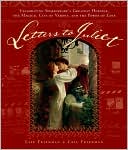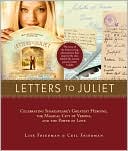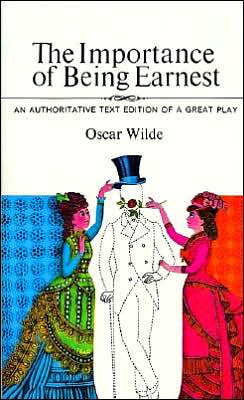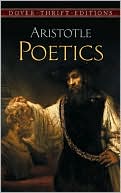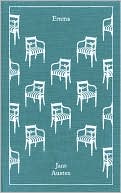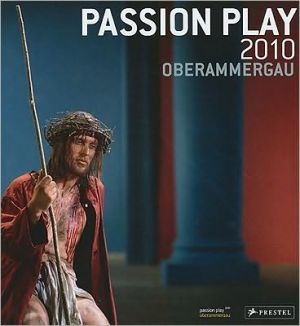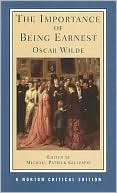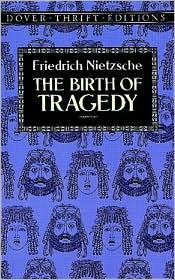Stage Clown In Shakespeare's Theatre, Vol. 69
The majority of Shakespeare's plays have at least one clown figure making an appearance. These characters range from rogues who say only a line or two, to important figures like Touchstone and Falstaff. Videbaek examines even the smallest clown roles, showing how the clown's freedom of speech allows him to become a mediator between the audience and the action of the play, helping audience interpretation. This illuminating celebration of the stage clown's contribution to the understanding and...
Search in google:
The majority of Shakespeare's plays have at least one clown figure making an appearance. These characters range from rogues who say only a line or two, to important figures like Touchstone and Falstaff. Videbaek examines even the smallest clown roles, showing how the clown's freedom of speech allows him to become a mediator between the audience and the action of the play, helping audience interpretation. This illuminating celebration of the stage clown's contribution to the understanding and enjoyment of Shakespeare's plays will be a valuable resource for both students and scholars alike.BooknewsShakespeare wrote a surprisingly large number of plays in which the clown plays a major contribution to the understanding of the play. Videbaek (English, Suffolk County Community College) examines the roles that clowns and clown-like figures play in specific plays, including lightening or deepening the atmosphere, signaling a turning point, mediating between the audience and the actors, and undermining or supporting the protagonists. Annotation c. Book News, Inc., Portland, OR (booknews.com)
Introduction1Pt. IMinor Roles: Cameo Appearance, Great Effect51Rustic Clowns in Titus Andronicus, The Taming of the Shrew, Antony and Cleopatra72Servant Clowns in Romeo and Juliet, Othello, Macbeth, Timon of Athens, The Tempest133Miscellaneous Clowns in Richard III, Hamlet, Pericles, Cymbeline, The Winter's Tale23Pt. IIMajor Roles: Expanded Function374Bottom in A Midsummer Night's Dream, Dogberry in Much Ado About Nothing395The Dromios in The Comedy of Errors, Grumio in The Taming of the Shrew, Speed and Launce in The Two Gentlemen of Verona536Costard in Love's Labour's Lost, Launcelot Gobbo in The Merchant of Venice637Pompey in Measure for Measure69Pt. IIIThe Court Jesters in the Comedies758Lavatch in All's Well That Ends Well779Touchstone in As You Like It8510Feste in Twelfth Night95Pt. IVThe Clowns as "The Bitter Fool"11111Thersites in Troilus and Cressida11312Lear's Fool in King Lear123Pt. VFalstaff as Clown13713The Henriad13914The Merry Wives of Windsor159Pt. VIClown Characteristics in Nonclown Characters16915Philip the Bastard in King John17116Hamlet in Hamlet177Conclusion191Appendix: The Elizabethan Clown195Bibliography201Index207Index of Acts and Scenes213
\ BooknewsShakespeare wrote a surprisingly large number of plays in which the clown plays a major contribution to the understanding of the play. Videbaek (English, Suffolk County Community College) examines the roles that clowns and clown-like figures play in specific plays, including lightening or deepening the atmosphere, signaling a turning point, mediating between the audience and the actors, and undermining or supporting the protagonists. Annotation c. Book News, Inc., Portland, OR (booknews.com)\ \

